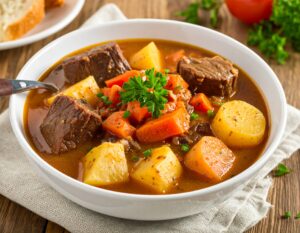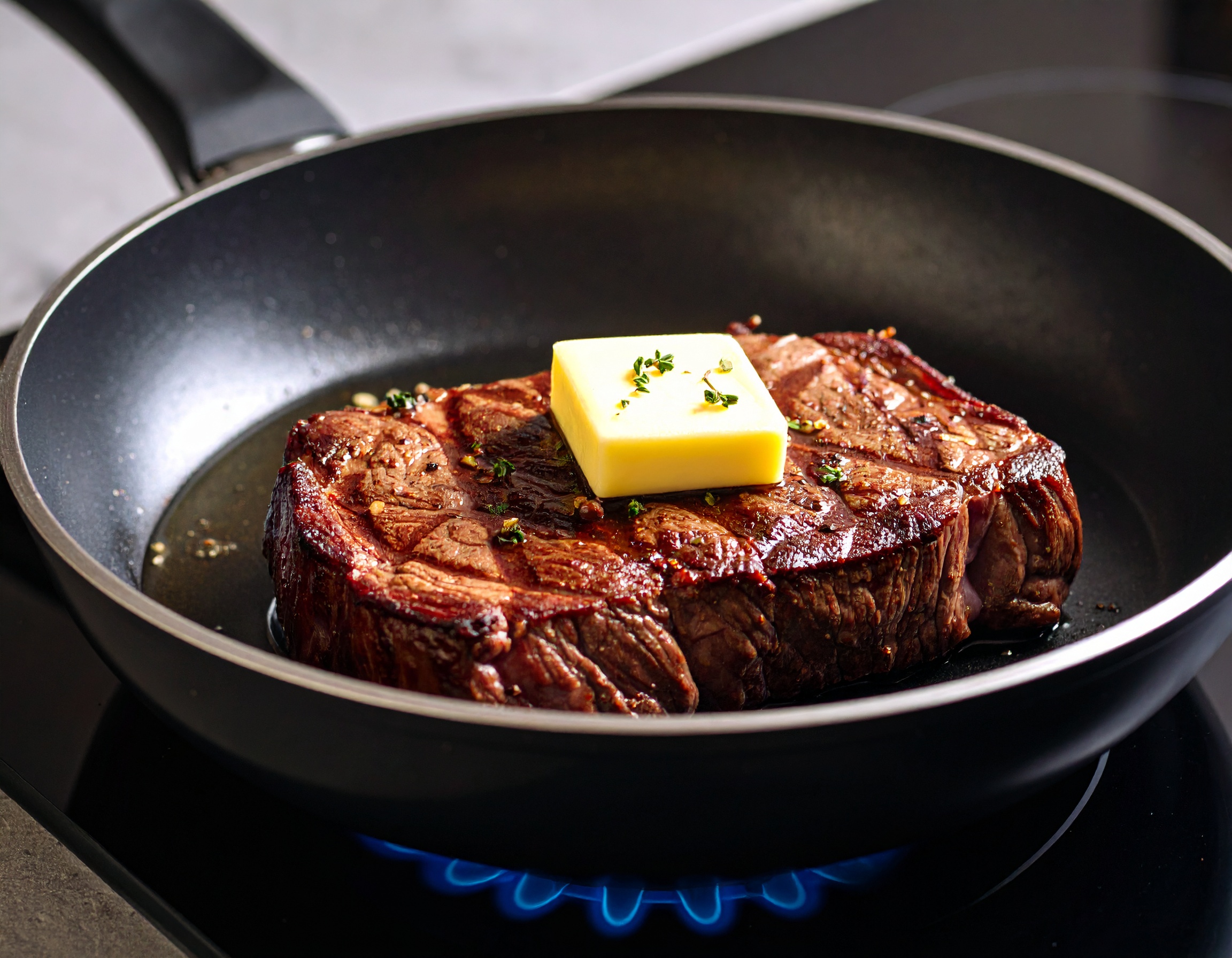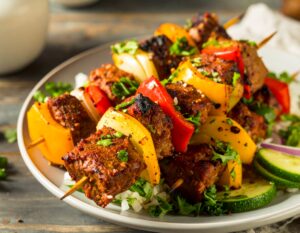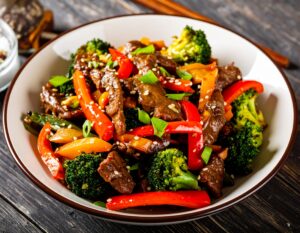
Autumn on the Prairies: Why Fall is Prime Time for Ordering Bison
There’s something about fall on the Alberta prairie that makes you slow down and savour life a little more. The mornings are crisp, the evenings come earlier, and kitchens across the province come alive with the smells of roasts, stews, and hearty meals that bring families together. At True Grit Buffalo Ranch, we believe fall is the perfect season to stock your freezer with healthy, sustainab


